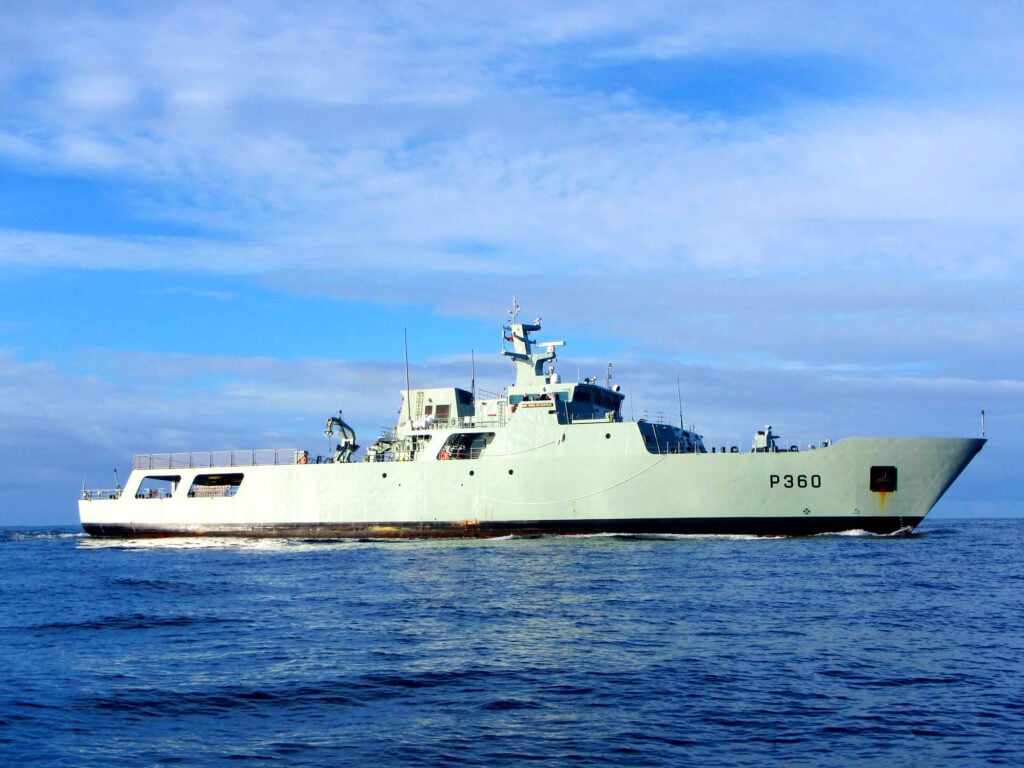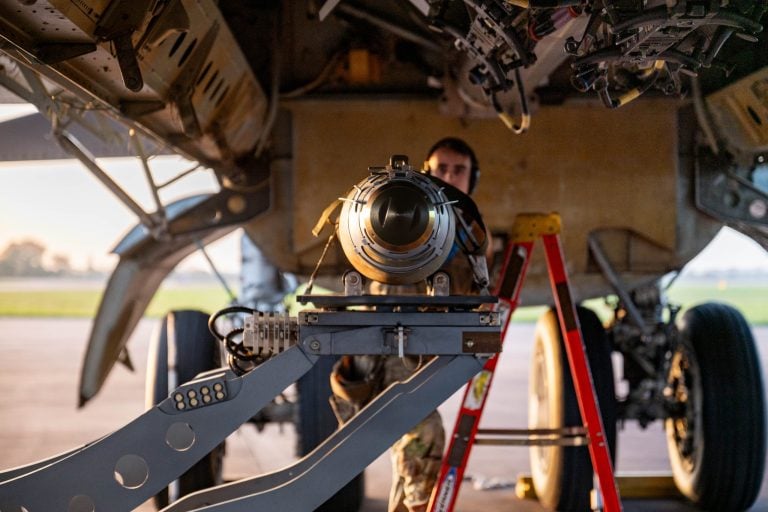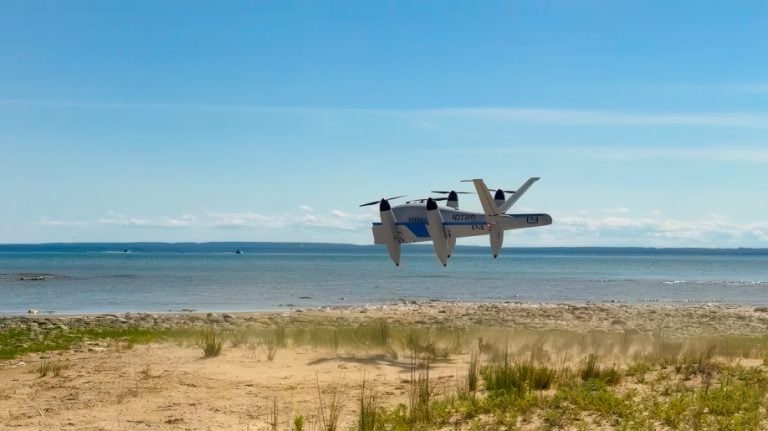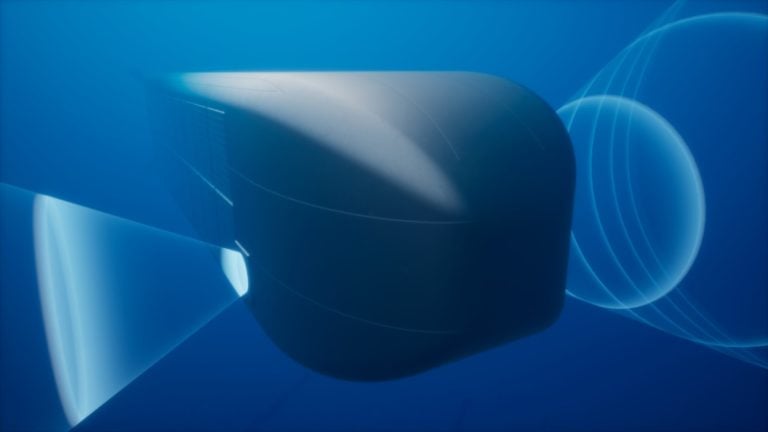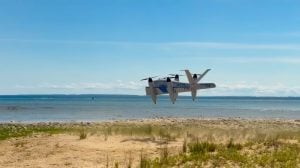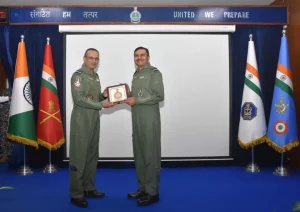OSI Maritime Systems has secured a contract to deliver advanced navigation solutions for the Portuguese Navy’s upcoming six Viana do Castelo-class offshore patrol vessels. This significant agreement involves the implementation of the firm’s Integrated Navigation and Tactical System (INTS), designed to facilitate “paperless” operations at sea, helping to streamline naval activities and improve efficiency.
Central to this technology is OSI’s flagship Electronic Chart Display and Information System 7 (ECPINS 7), which meets NATO’s standards for bathymetry, water space, and tactical symbols. This state-of-the-art navigation system is equipped with additional modules designed for operations in environments where satellite signals may be compromised. These enhancements will be crucial in enabling the fleet to operate effectively in areas that experience poor satellite connectivity or are subject to significant signal jamming threats and obstacles.
Jim Davidson, OSI Maritime Systems’ Business Development Vice President, expressed enthusiasm about the project, noting that Portugal has been one of the company’s longstanding customers. He emphasized the importance of providing the most sophisticated navigation technologies and highlighted the capabilities of ECPINS as integral to the vessels’ operational success.
Ken Kirkpatrick, OSI Maritime Systems CEO, also welcomed the opportunity to collaborate with West Sea, the shipbuilder responsible for the construction of Portugal’s future offshore patrol vessels. He remarked on OSI’s reputation for delivering complex, integrated bridge systems—crafted in Canada and deployed to shipyards around the globe.
The Viana do Castelo program represents Portugal’s commitment to modernizing its naval forces by replacing older vessels. This program aims to phase out the Cacine-class patrol boats, Baptista de Andrade-class corvettes, and João Coutinho-class corvettes, which have historically served various functions, including search and rescue, fishery protection, oil recovery, and anti-pollution efforts across domestic waters and the North Atlantic.
As part of this initiative, four ships have already been commissioned between 2011 and 2017, and in 2018, the Lisbon government ordered an additional six vessels, with construction planned to extend through 2030. The Viana do Castelo-class patrol vessels are 83 meters (approximately 272 feet) in length and are designed to accommodate up to 60 personnel. They are also equipped with rigid hull inflatable boats and can carry a medium-sized helicopter.
In terms of armament, these vessels feature a 30-millimeter weapon system, heavy machine guns, and small machine guns for defensive capabilities. Powering the ships are twin Wärtsilä diesel engines, each generating 5,200 horsepower, along with two electric engines rated at 270 horsepower, enabling a top speed of 21 knots (39 kilometers/24 miles per hour). This state-of-the-art naval technology illustrates Portugal’s ongoing efforts to maintain a modern and capable maritime force.
